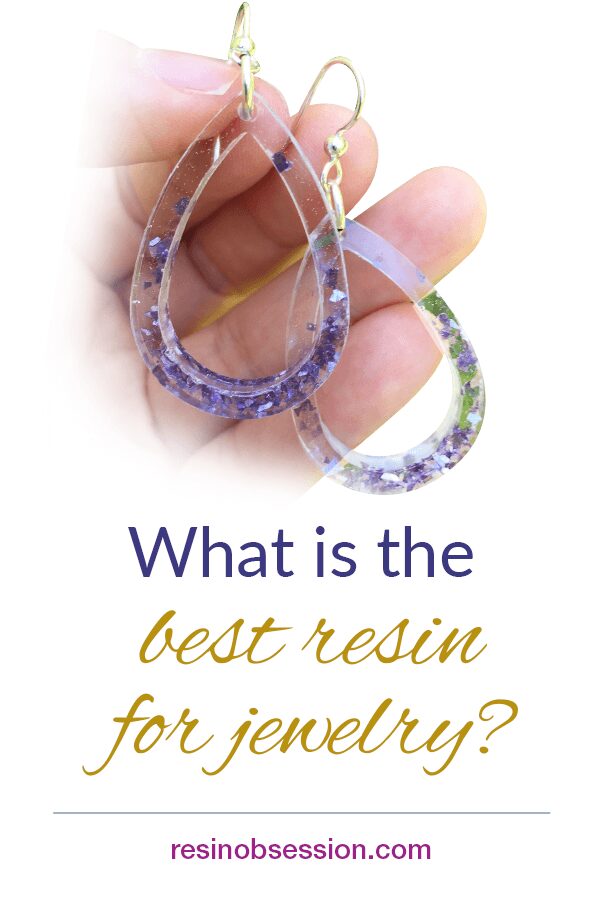
Now that you’ve decided to make jewelry with resin, you’re probably asking, what’s the best resin for jewelry?
I love that you’re asking this question.
Because that means you want to get things right the first time. Instead of the trial and error that I did for months trying to figure that out when I started in 2006.
Here’s what you need to know before you choose a resin for making your jewelry.
Resin for jewelry is more expensive than other kinds of resin.
While you can use marine resins, flooring resins, and resins from home improvement stores for making jewelry, you won’t be happy with the results. These resins mix with an amber tint and won’t cure as clear as a resin for jewelry. These resins may not contain UV additives to help prevent them from turning yellow.
The best resin for jewelry making also depends on you and your skill level.
Epoxy resin is the best choice for beginners as it is the easiest to measure and mix and get great results. While polyurethane or polyester resins cure hard, they aren’t good for resin beginners to use. You must work quickly when using these resins. Plus, there are extra steps to measuring and mixing them, so your resin doesn’t cure without problems.
So now that you know a jewelry-grade epoxy resin is what you need, how do you decide which one?
Are you working in molds or jewelry bezels?
One resin won’t work for everything you want to make. It’s crucial that when you’re making resin jewelry, you use a resin that’s designed for molds or one that’s designed for jewelry blanks. The same resin won’t get you the best results in both cases.
If you’re working in bezels, you need to use a resin that will produce a domed finish.
A domed finish self-levels to build a raised but gently curved surface on your jewelry blanks. This is what magnifies everything in the bezel and gives it extra sparkle and shine.
Because doming resins mix thick (like honey), they are meant to be poured in an eighth-inch depth or less to allow bubbles to escape before the resin starts to cure. Jewelry-grade doming resins can also be used to coat artwork surfaces or give a beautiful finish to drink tumblers.
If you are working in molds, you want a casting resin.
These resins mix thinner, like water, allowing bubbles to escape easily. You can pour them into molds in greater depths, allowing you to get crystal-clear bubble-free resin charms.
Because they mix thin, though, they won’t give a domed finish but instead will cast with a flat surface. Jewelry-grade casting resins can also be used to make other projects like resin coasters and paperweights.
So now that you know the best resin for jewelry either needs to be a doming resin or casting resin, how do you know which specific one to buy?
These are the best professional-grade resins for jewelry making:
For molds, you need to use one specially designed to release bubbles like the Resin Obsession super clear resin
*bubbles escape easily
*contains UV protectants to guard against yellowing
*cures very hard and durable and won’t soften when you wear it
*meets the highest level of safety standards
For bezels, you need to use a doming resin formula to get an even, glossy finish. The Resin Obsession crystal doming resin is perfect for this.
*creates an even finish without any extra work
*contains UV additives to protect against the resin turning yellow
*beautiful, glass-like finish
*meets highest level of safety standards
If you want more details on these jewelry-grade epoxy resins, check out our {FREE} resin buying guide. It details what you need to know when it comes to buying a resin.
Now that you know what is the best resin for jewelry, how do you get started?
1. Decide what you want to want to make with resin.
Specifically, will you be using molds or bezels?
2. Select your resin.
If you’re using molds, you want to use a jewelry-grade casting resin. If you’re creating jewelry with bezel blanks, you need a jewelry grade doming resin.
3. Cover your workspace with a protective covering.
Wax paper or freezer paper works well to protect table surfaces against resin drips.
4. Make sure you have resin safety supplies.
Resin kits contain chemicals and should be treated with care and caution to avoid any problems when working with them.
5. Purchase resin supplies.
Here’s a beginner resin supply checklist to help you get ready to make resin jewelry.
6. Mix and pour your resin.
If you have never done this before, having resin success comes down to accurately measuring and thoroughly mixing your resin. Here are the five easy steps you need to take to measure and mix resin.
You can add resin colors too. That’s what makes your jewelry unique.
7. Let the resin cure.
Once cured, it can be demolded if you are working in molds. Otherwise, let the cured resin stay in its jewelry bezel.
8. Finish if necessary.
Sometimes you need to sand resin or polish resin to help it look its best.
9. Enjoy your epoxy jewelry!
Stuck on what to make with resin? Here are some project ideas to get you started:
Ten resin jewelry ideas, even if you have no experience with resin.
If you want an easy way to get started making resin jewelry, try one of our all-in-one resin beginner kits. You get everything you need to get started, including the resin, mixing supplies, safety gloves, and more. Buy a beginner kit here:
Want to immerse yourself in jewelry making from the comfort of home?
Then you will want to grab your copy of the instantly downloadable ebook, Resin Jewelry Making. Go from confused to a confident resin jewelry maker in an afternoon. Buy the PDF book now, and it’s yours to read in minutes.
Unpublished Blog Posts of Resin Obsession, LLC © 2023 Resin Obsession, LLC


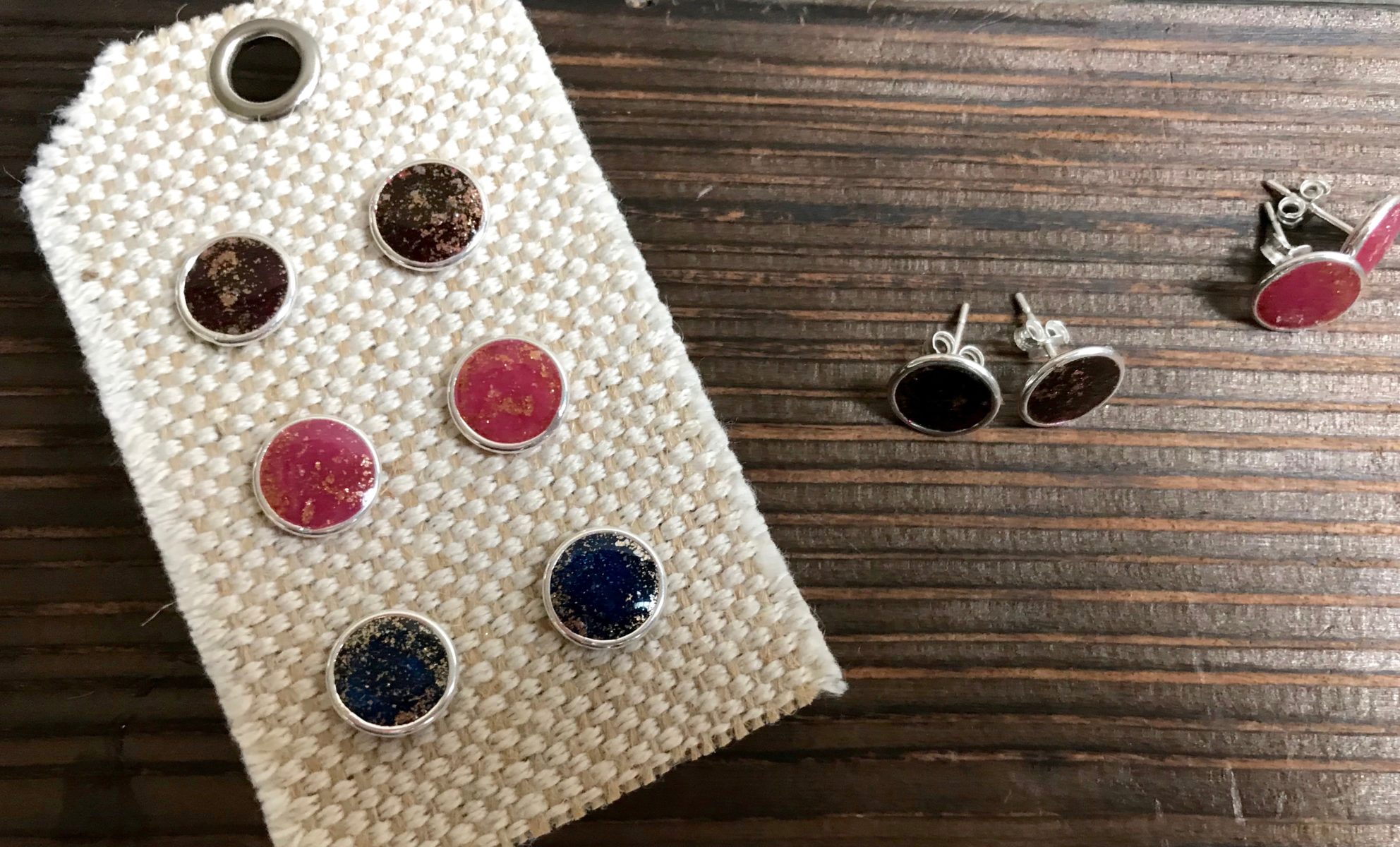
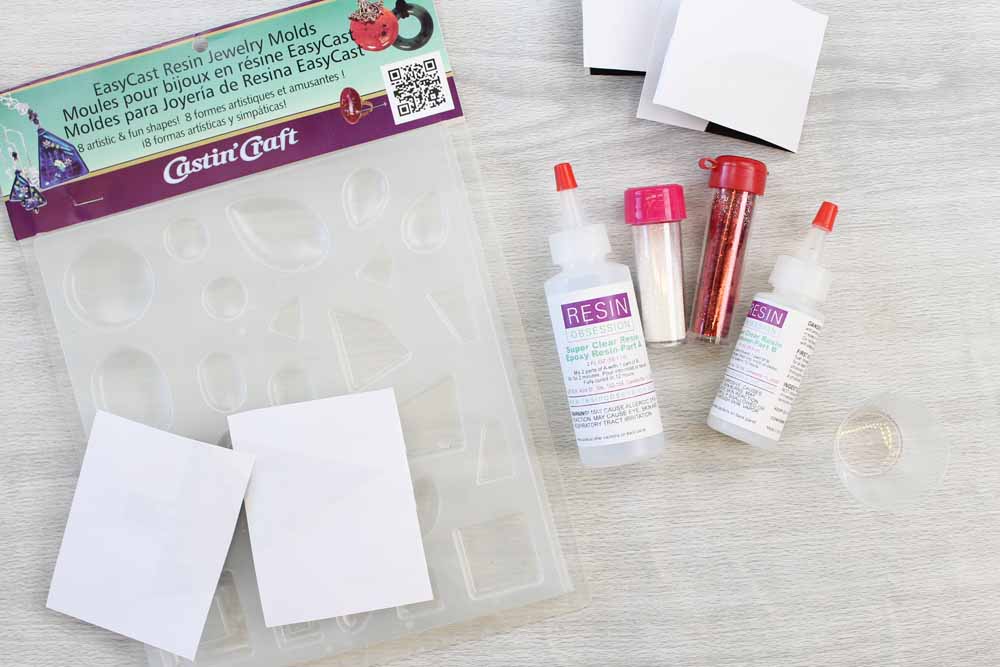
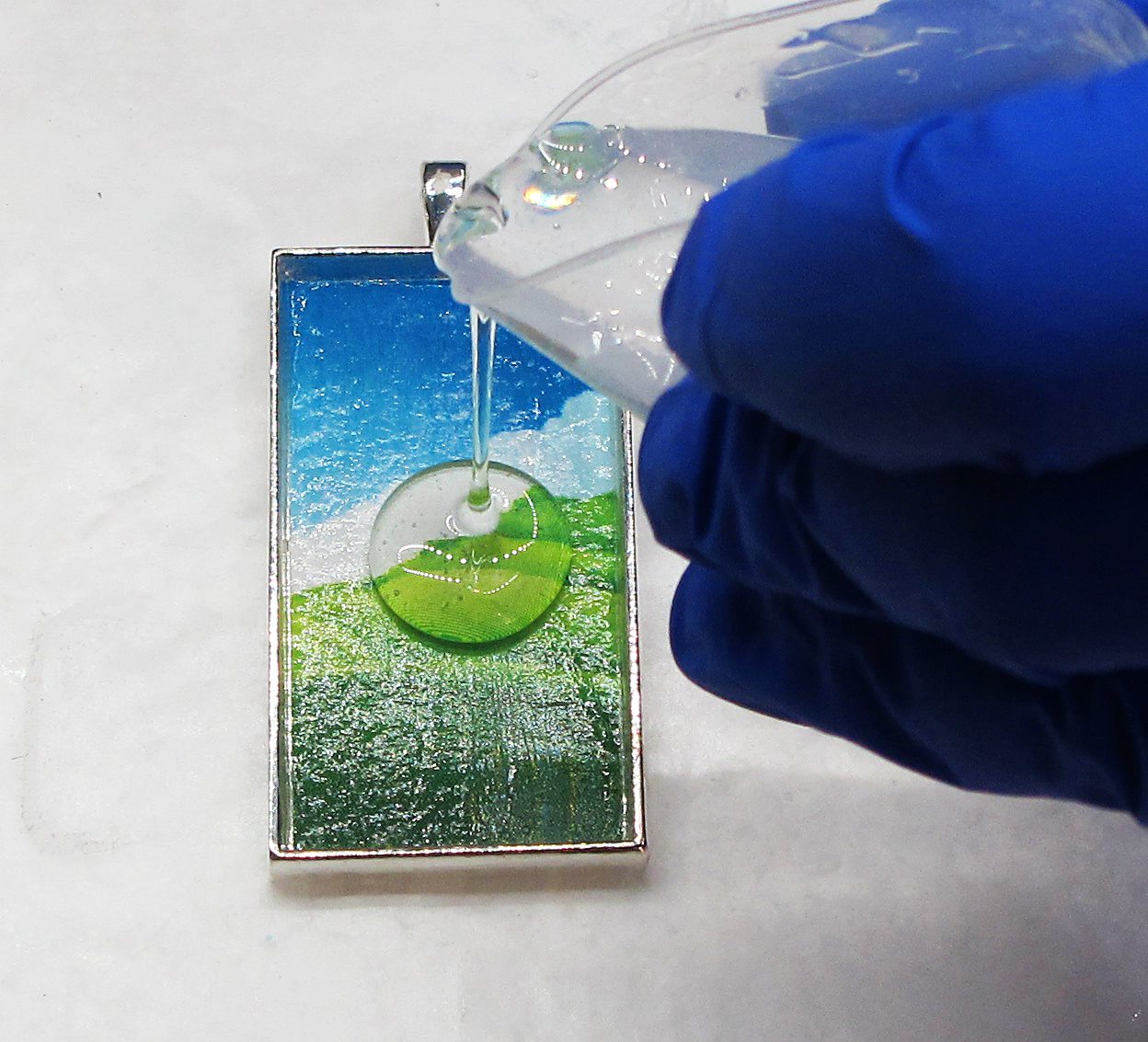
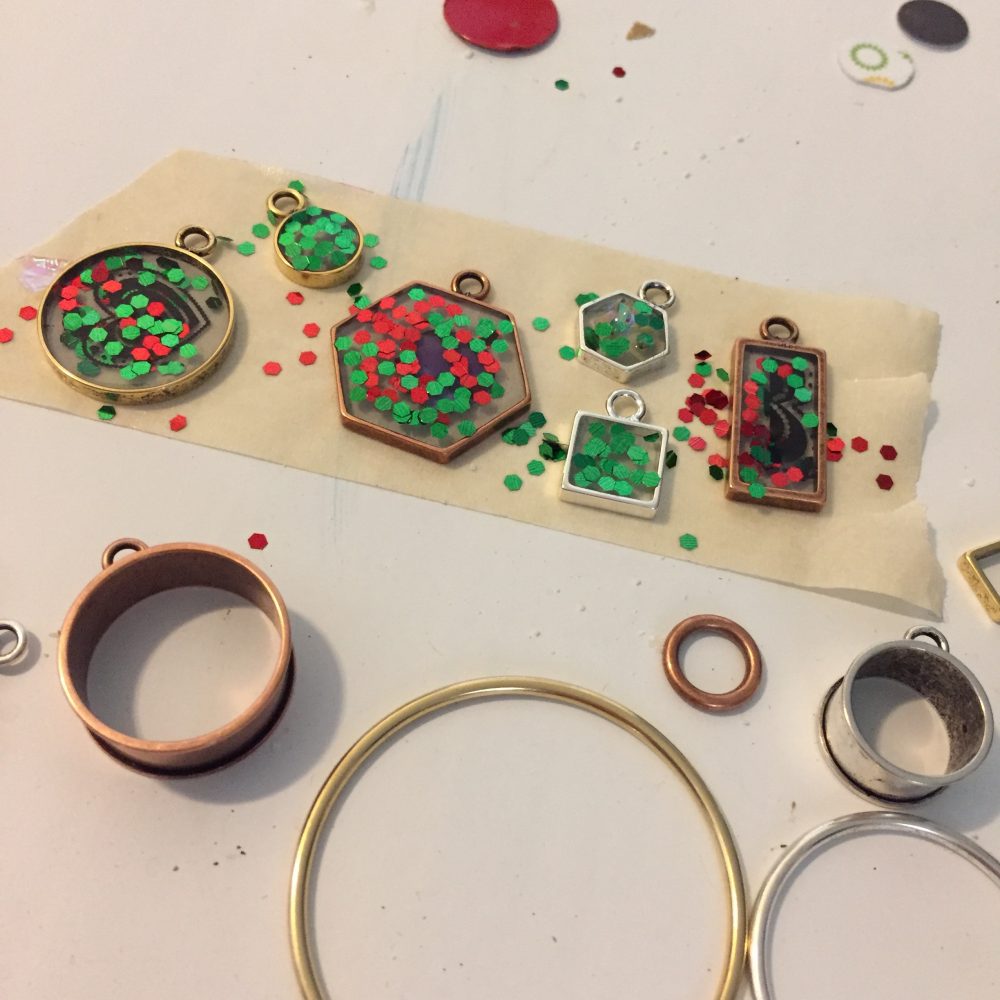
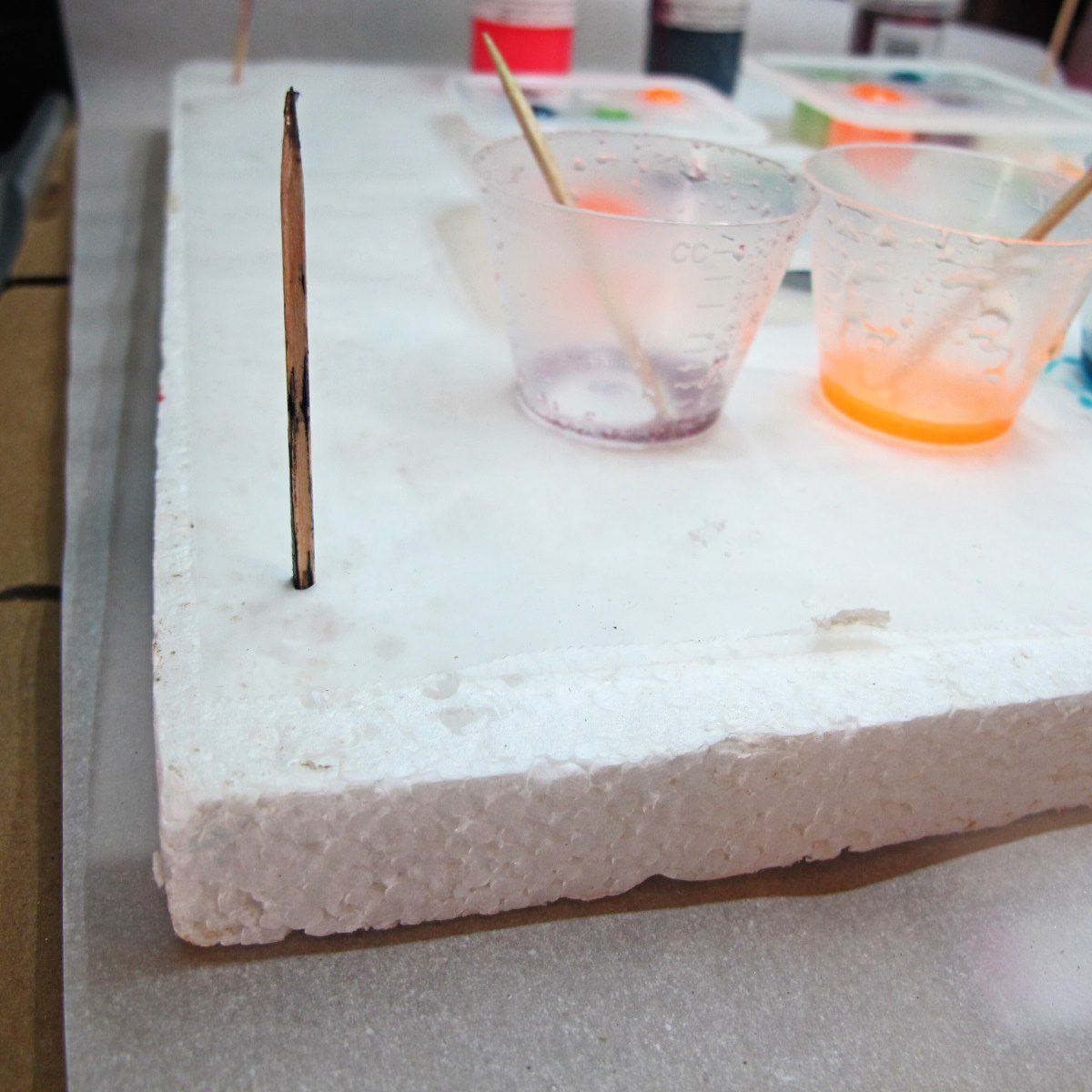

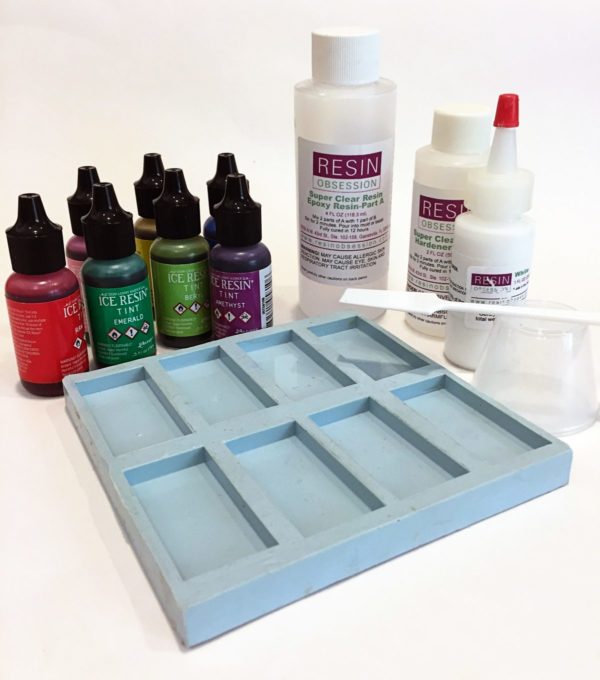
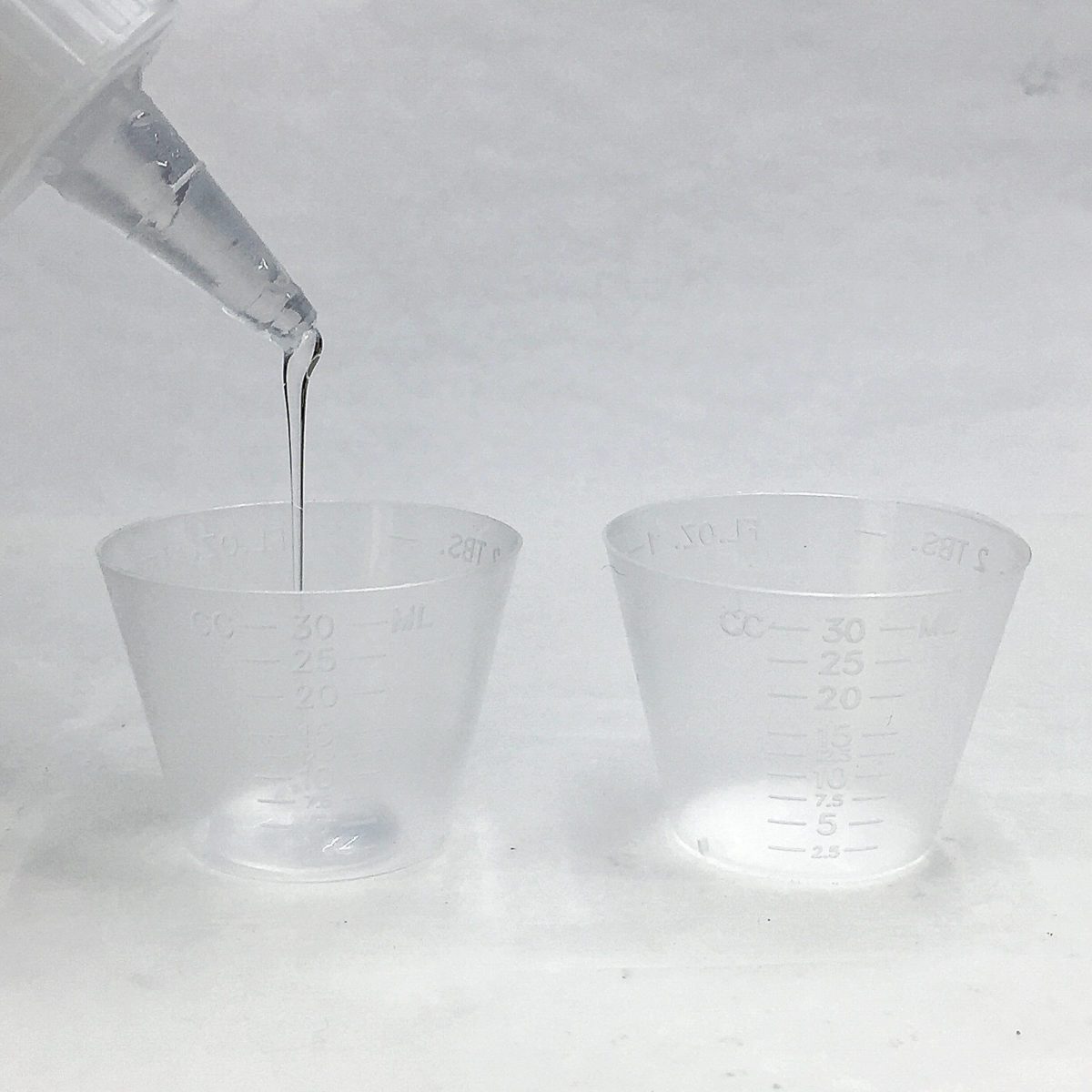
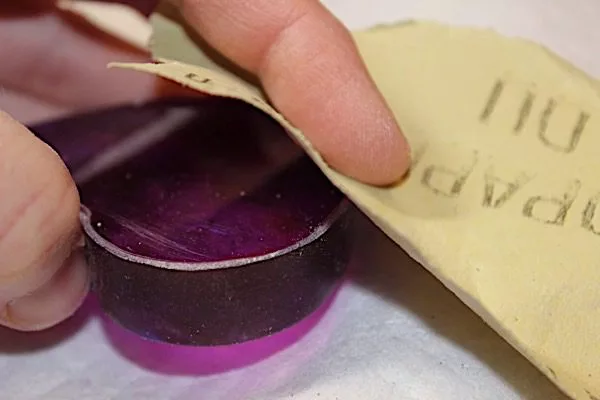
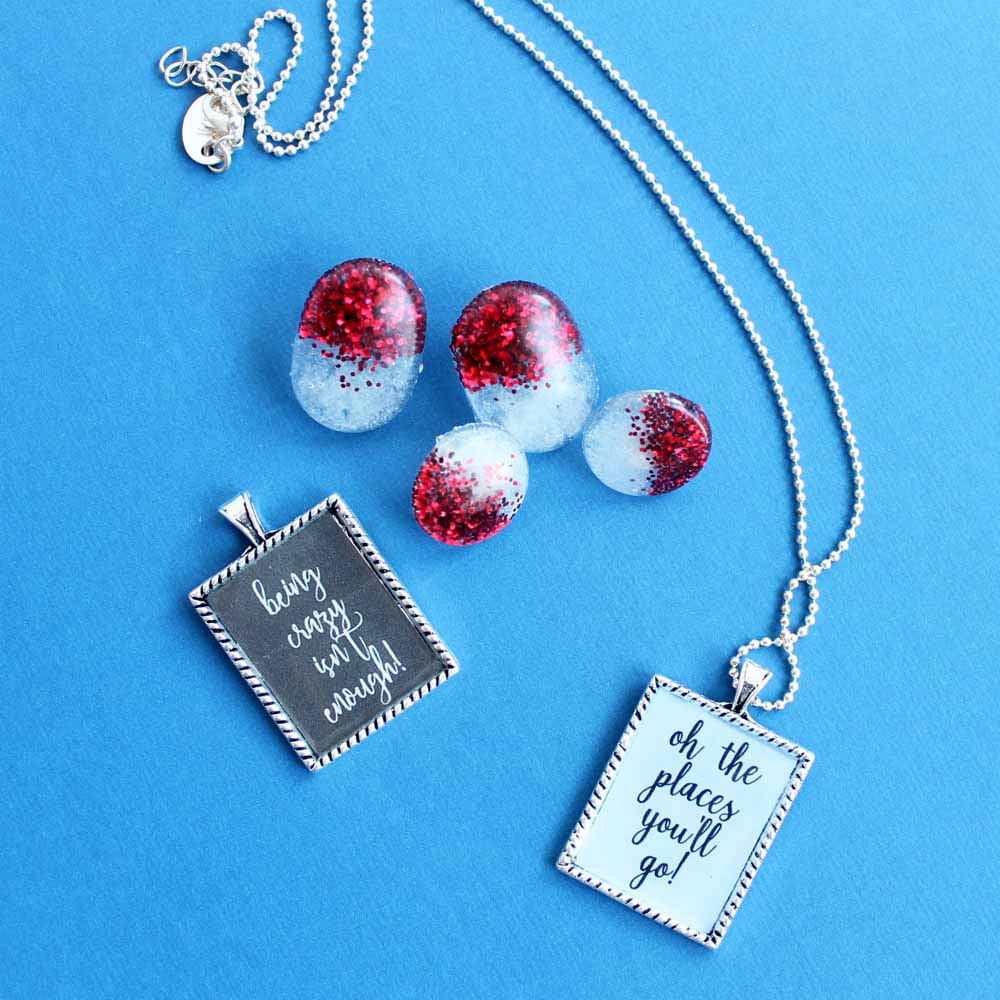
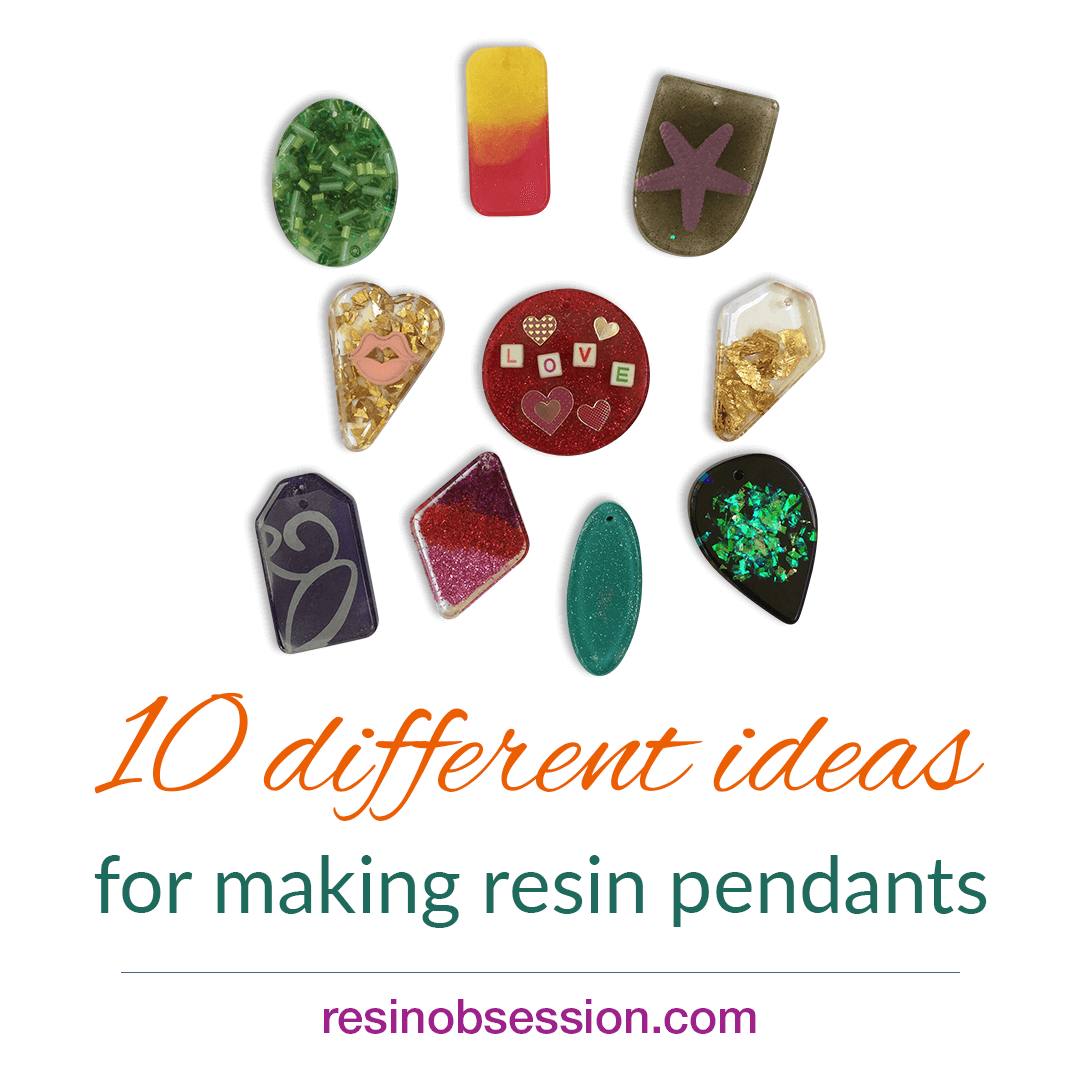
My jewellery is to thick for a jump ring help !!!
Hi Mandy, this article will give you other ideas on how to make your charms wearable: https://www.resinobsession.com/resin-resin-resin/finding-options-for-resin-jewelry/
Can I use the same epoxy resin for flooring to make jewelry?
I would say probably not. I don’t have any experience in this, but from what I know about flooring epoxy, I don’t think it will give you the final properties you want for jewelry.
Thank you for keeping me updated with Resin Obsession. I’ve been working in polymer Clay for years, & almost always use bezels or moulds for my jewellery.
I personally like U.V resins. They set very quickly in sunlight, or with a U.V light, so urge caution with this. Always make sure your piece has self levelled & is bubble free before exposing to natural light..It’s good to hear & see what other people make, & use various resins for..regards..
Interested in the bezel jewelry making what do you use on the backside for the resin not to leak out no letter trap of some sort of Buffalo
Hi Sal, this article explains how to use open-backed bezels with resin and keep the resin from leaking: https://www.resinobsession.com/resin-tutorials/how-to-use-resin-in-open-bezels/
Hi
I make fountain pens which have sterling silver “logo coins” that I insert into the ends of them (see pics on website if you want to see what I mean). They are around 10mm in diameter and 3mm thick. There is a raised area within the centre which forms the shape of the logo and a thin raised rim around the circumference. I then fill the negative space with coloured red resin so the silver logo is surrounded by red. I then sand it flat and polish it. The problem I’m having is the resin pour is inconsistent – sometimes it’s perfect and works really well. However sometimes I get tiny dimples in the surface of the resin and I have to write-off the whole thing. Can you give me any advice? I have been using the Coat-it resin with your liquid dyes. Many thanks in advance!
Gosh Ashley, I’m sorry to hear this. This article explains reasons why your epoxy can have dimples in the surface: https://www.resinobsession.com/resin-frequently-asked-questions/why-does-my-epoxy-have-dimples/
I have made some oval and teardrop polymer clay pendants. They are stamped with fine details, my colors tend to be very subtle and I have put a gloss varnish on them but I feel that resin instead of varnish would really make them pop. Can I use your resin without a bezel? Thank you ! Sharon
Hi Sharon. You’ll love the glossy, glass-like finish resin gives to polymer clay. Our crystal doming resin is the perfect choice for a project like this. It self-levels over a surface, plus, you don’t need a bezel. You can buy it in several sizes here: https://shop.resinobsession.com/collections/resin/resin-obsession-crystal-doming-resin
Will this brand of resin not collect in the middle? Others I’ve tried wont cover the whole jewelry piece and gathers in the middle.
Hi Veronica, I’m not sure I understand what you mean when you say the resin collects in the middle. Are you referring to the resin creating a dome?
Can either types of resin be Painted on and used to seal? I gild pendants and the sealant I use now wears off over time.
Yes Allison, you can paint on both resin types.
Do you know if i add gemstones in the resin will they still shine & glisten as they normally would?? thanks in advance:)
Hi Lindi, I’m afraid they won’t.
Hello- I was so pleased to happen upon your website! I have two questions: I discovered an already “expired” dragonfly, perfectly intact. I would not seek to kill any insects/animals/plants simply for this purpose, but could you explain how best to preserve the insect in resin, and also “local” small flowers, so I can show the children in the special needs school where i work. Thank you! 🙂
Hi Bethany, this will help: https://www.resinobsession.com/tag/drying-flowers/